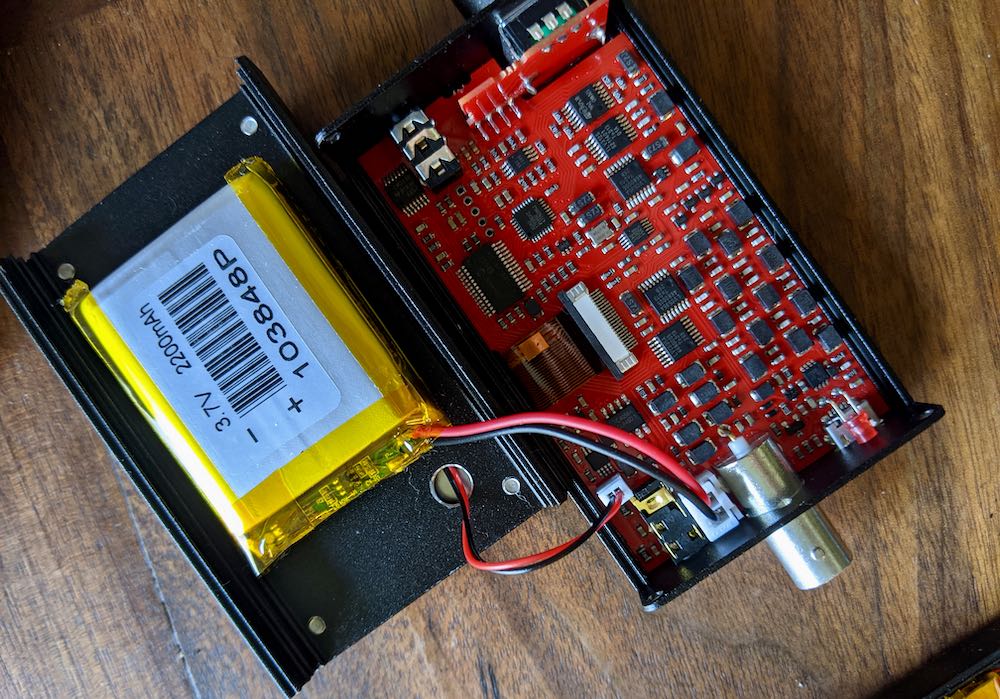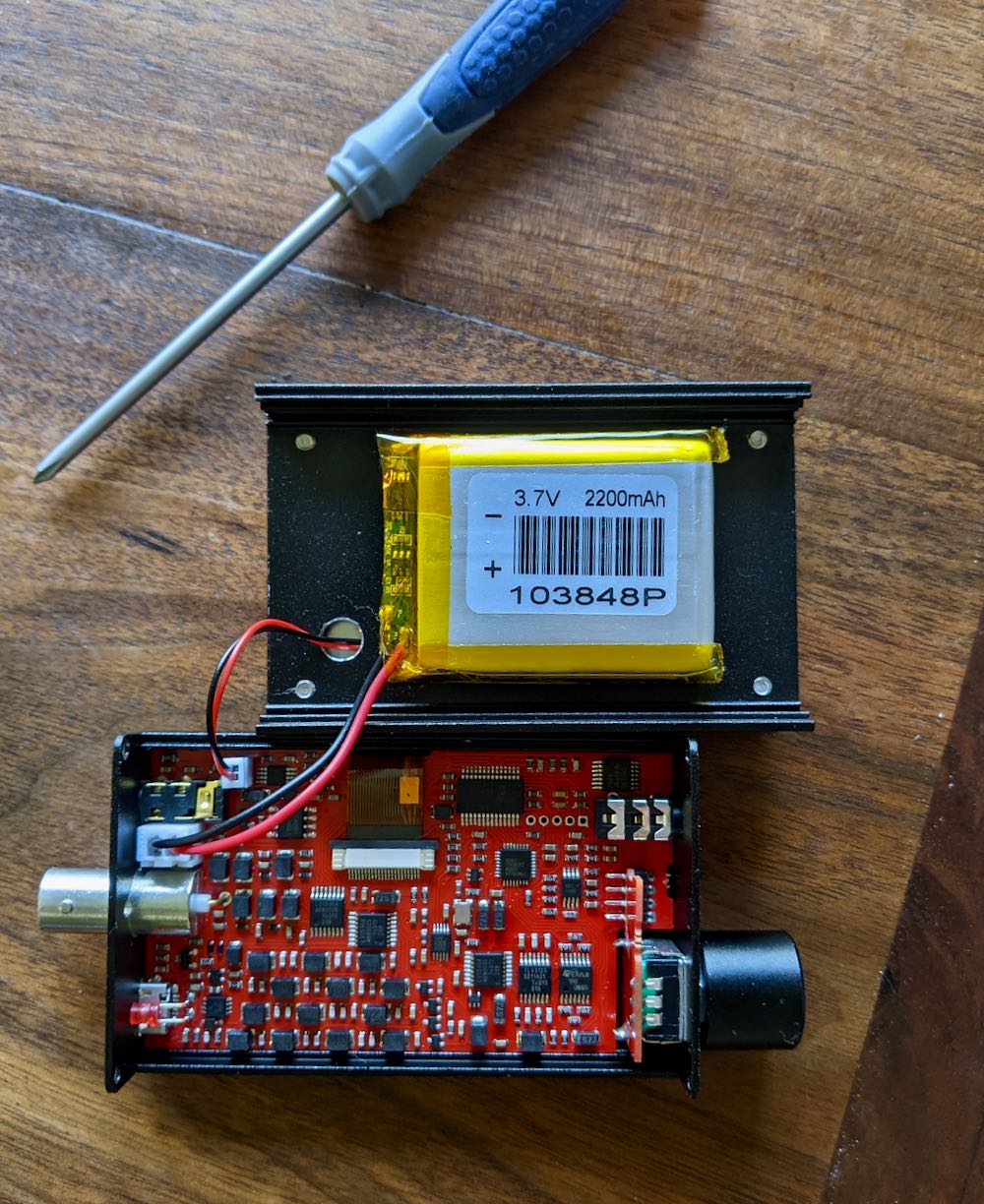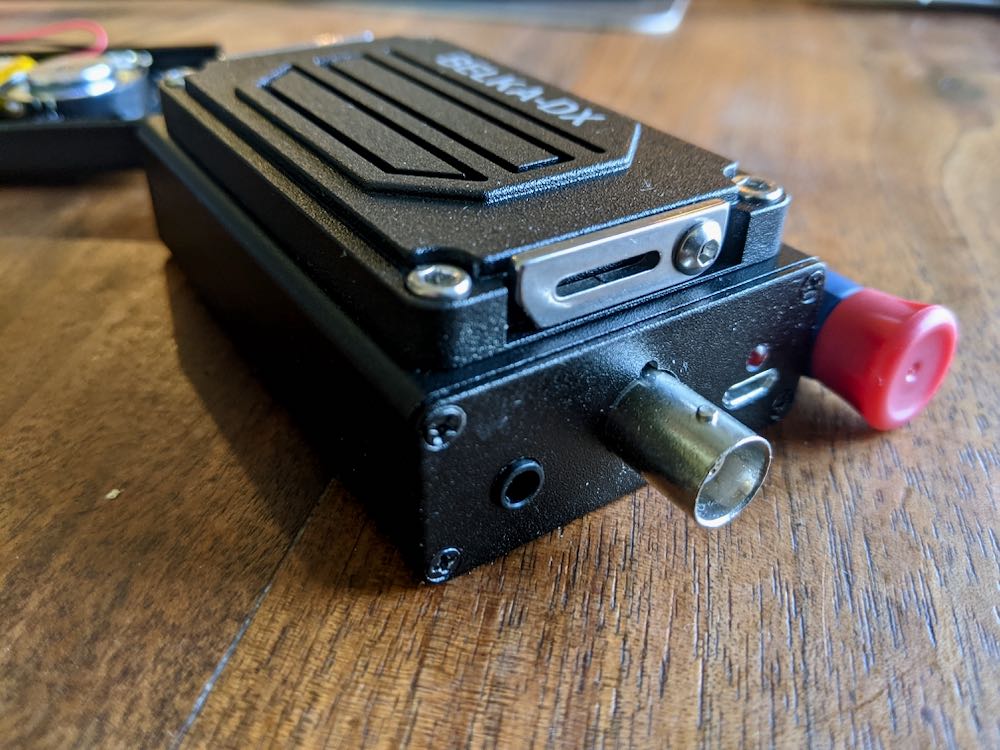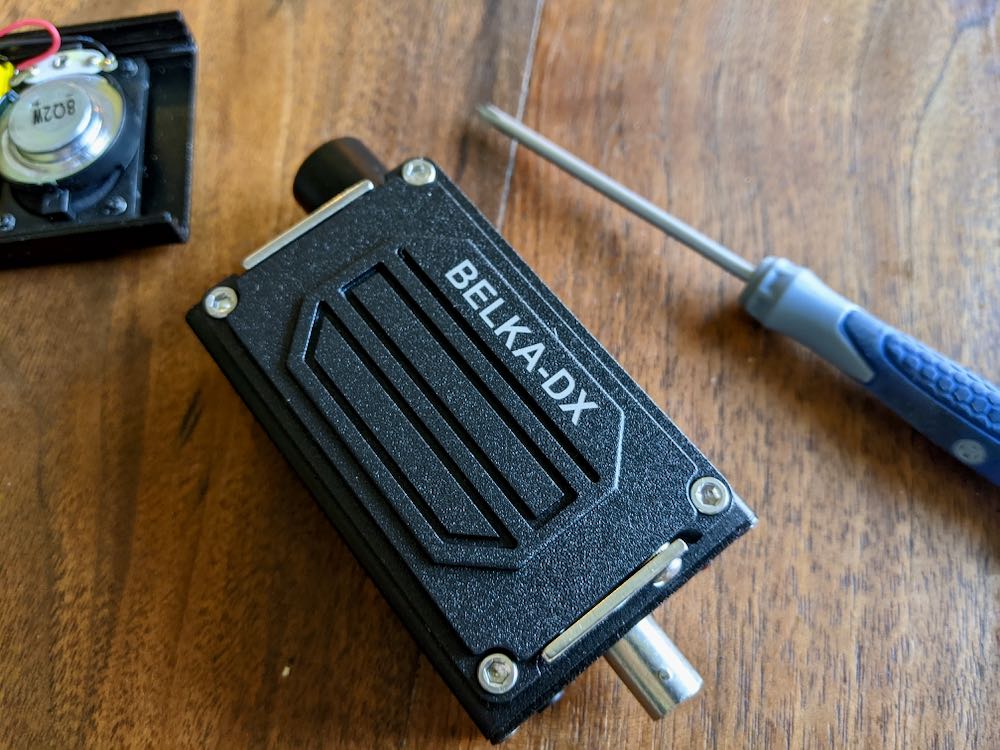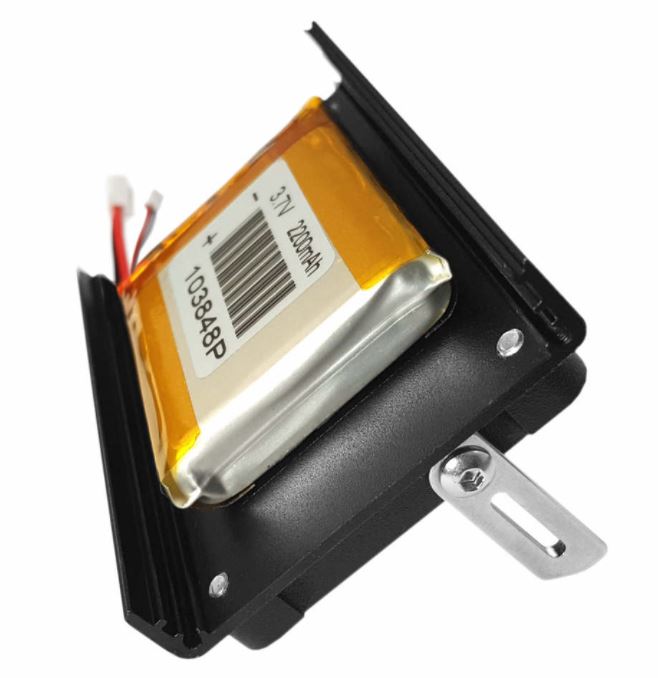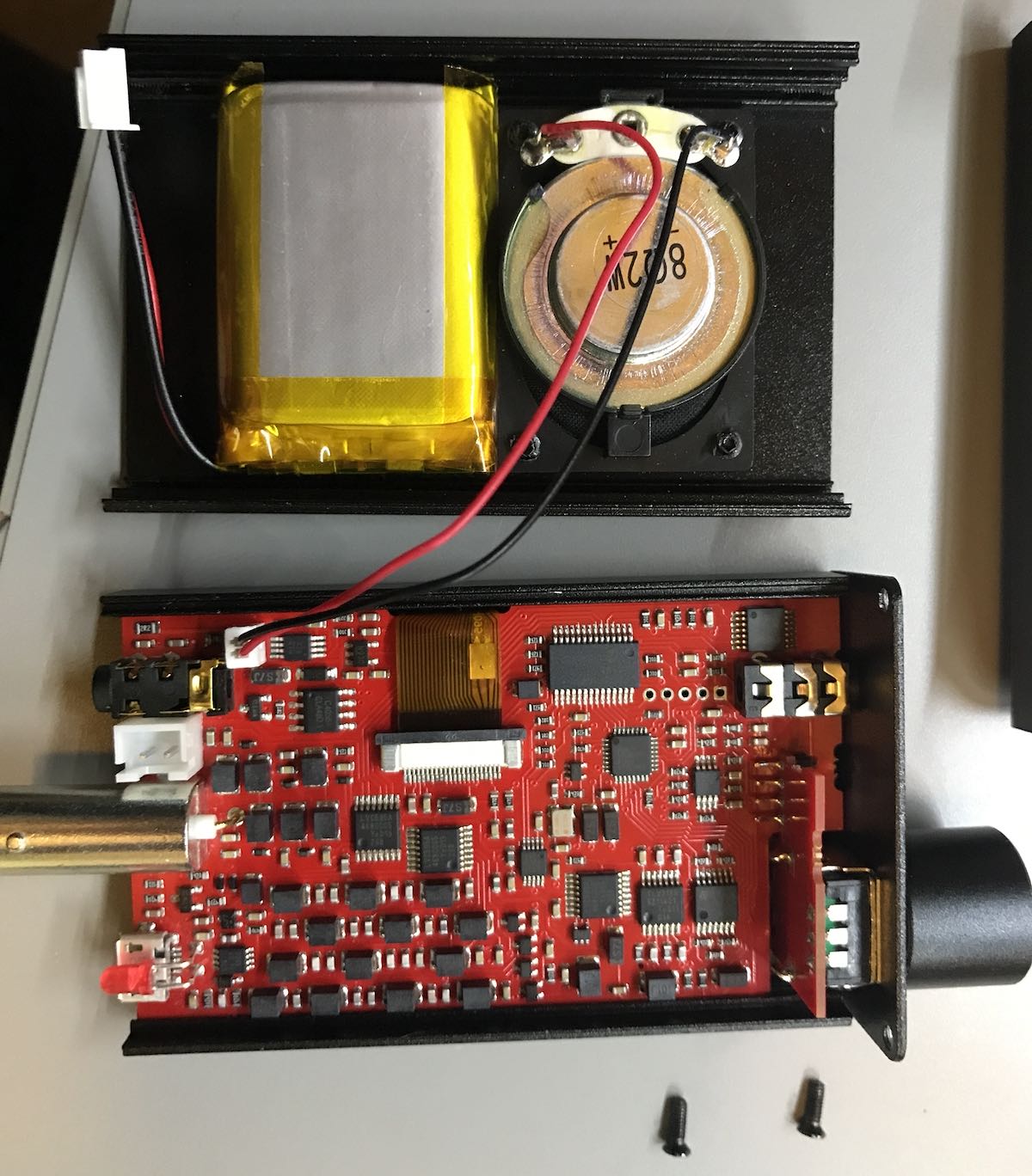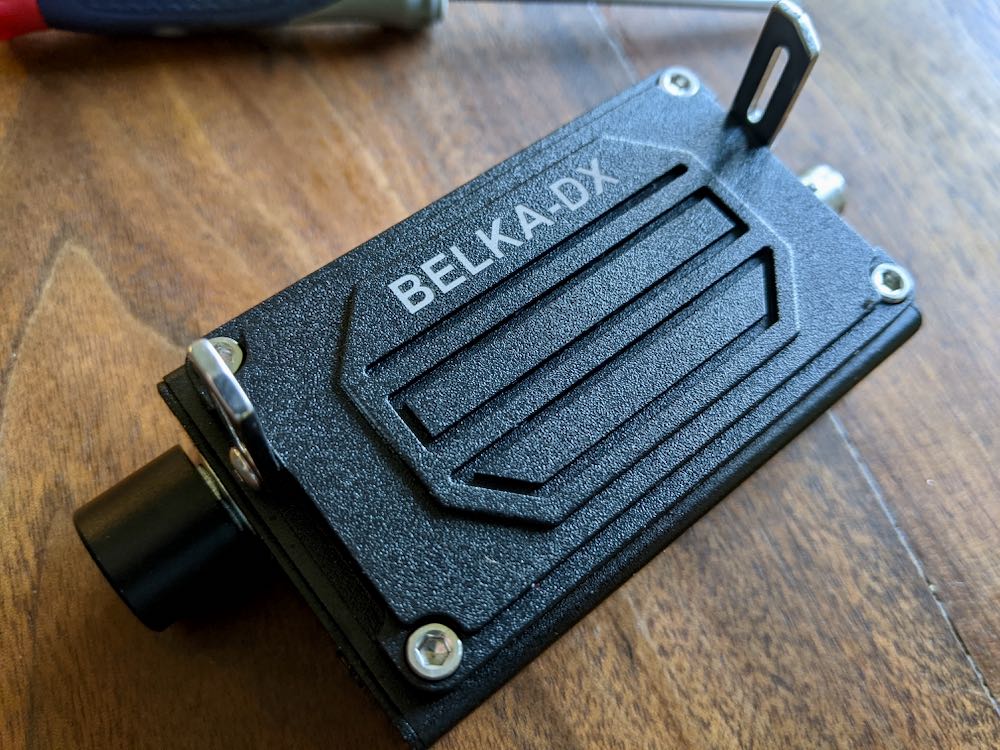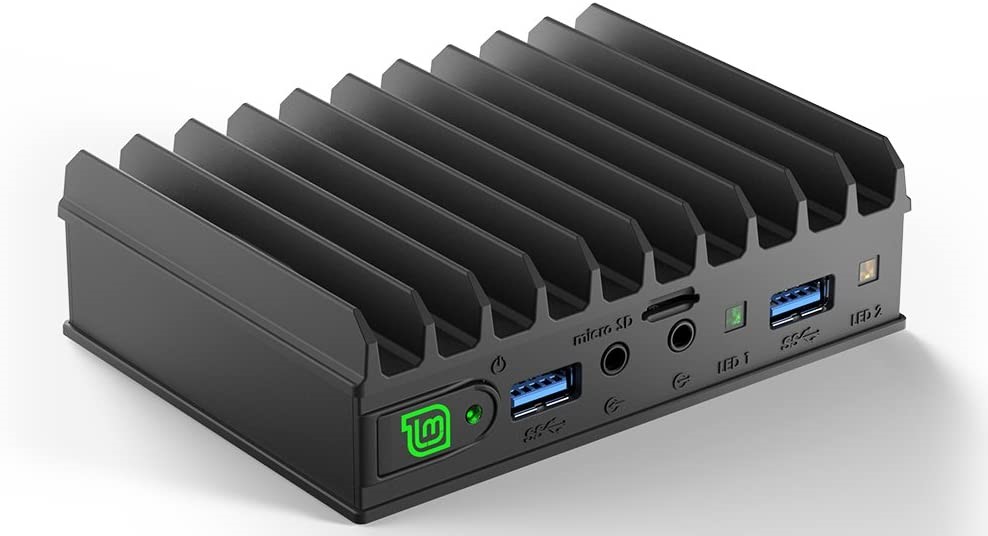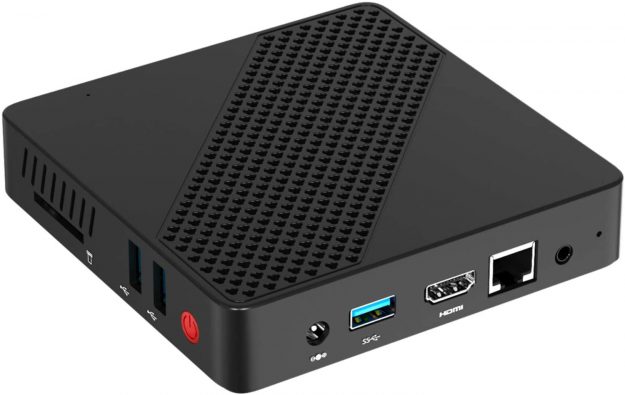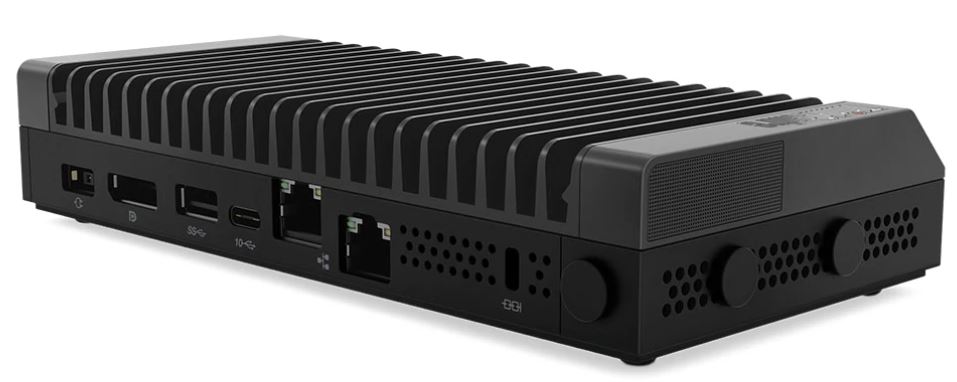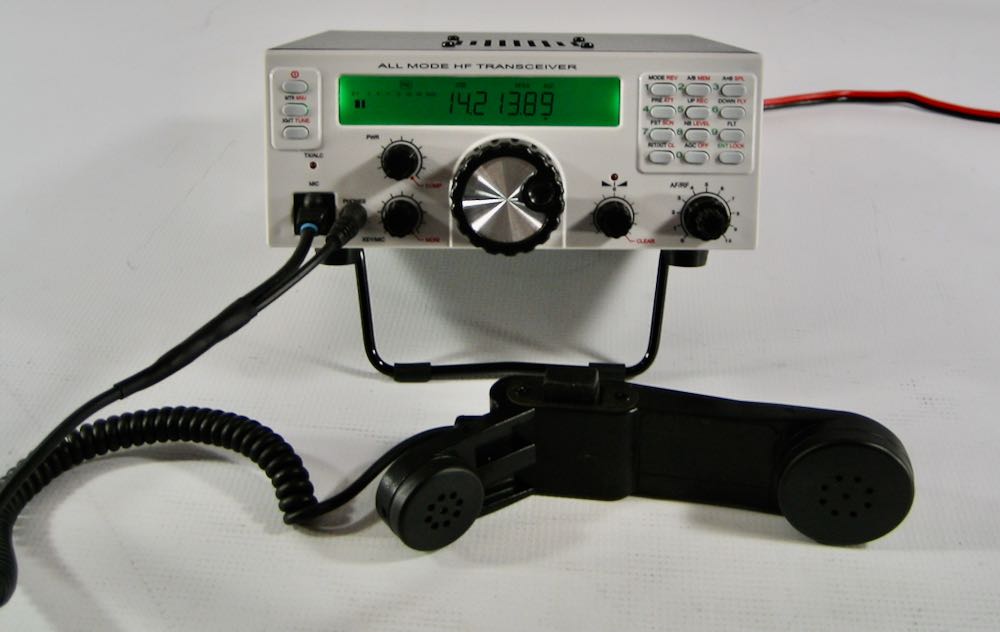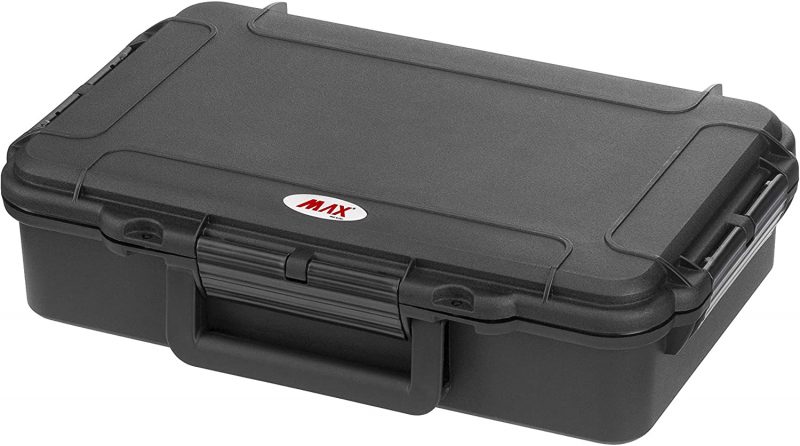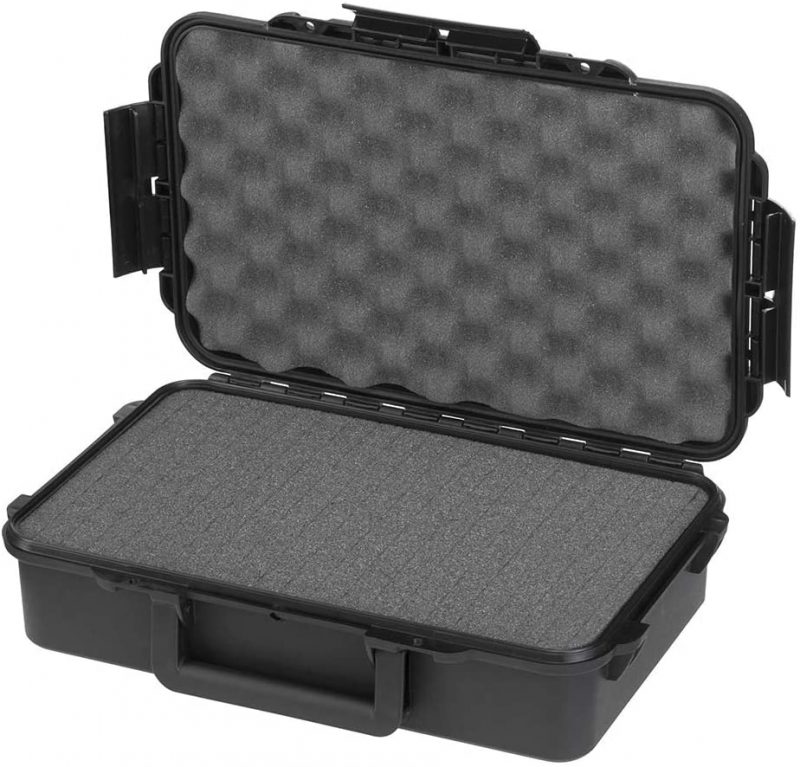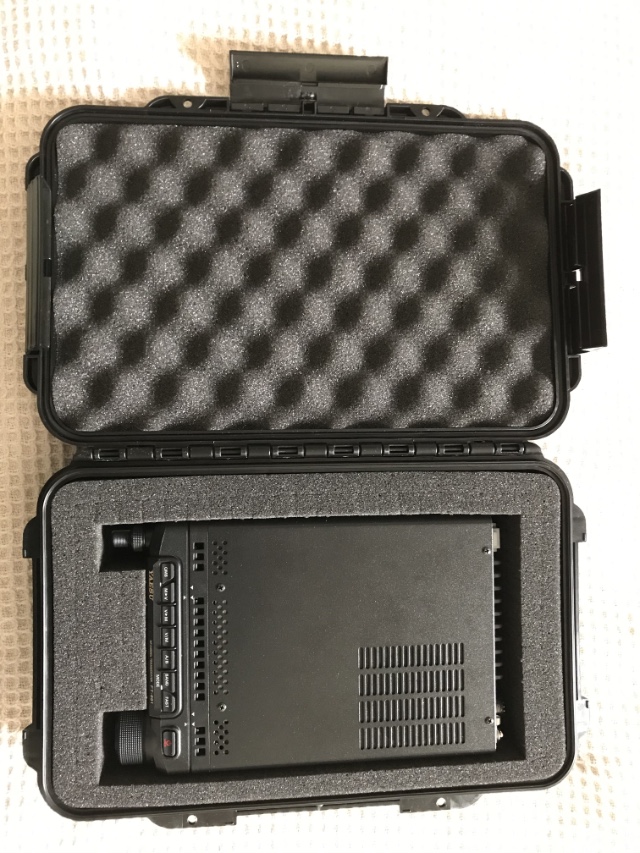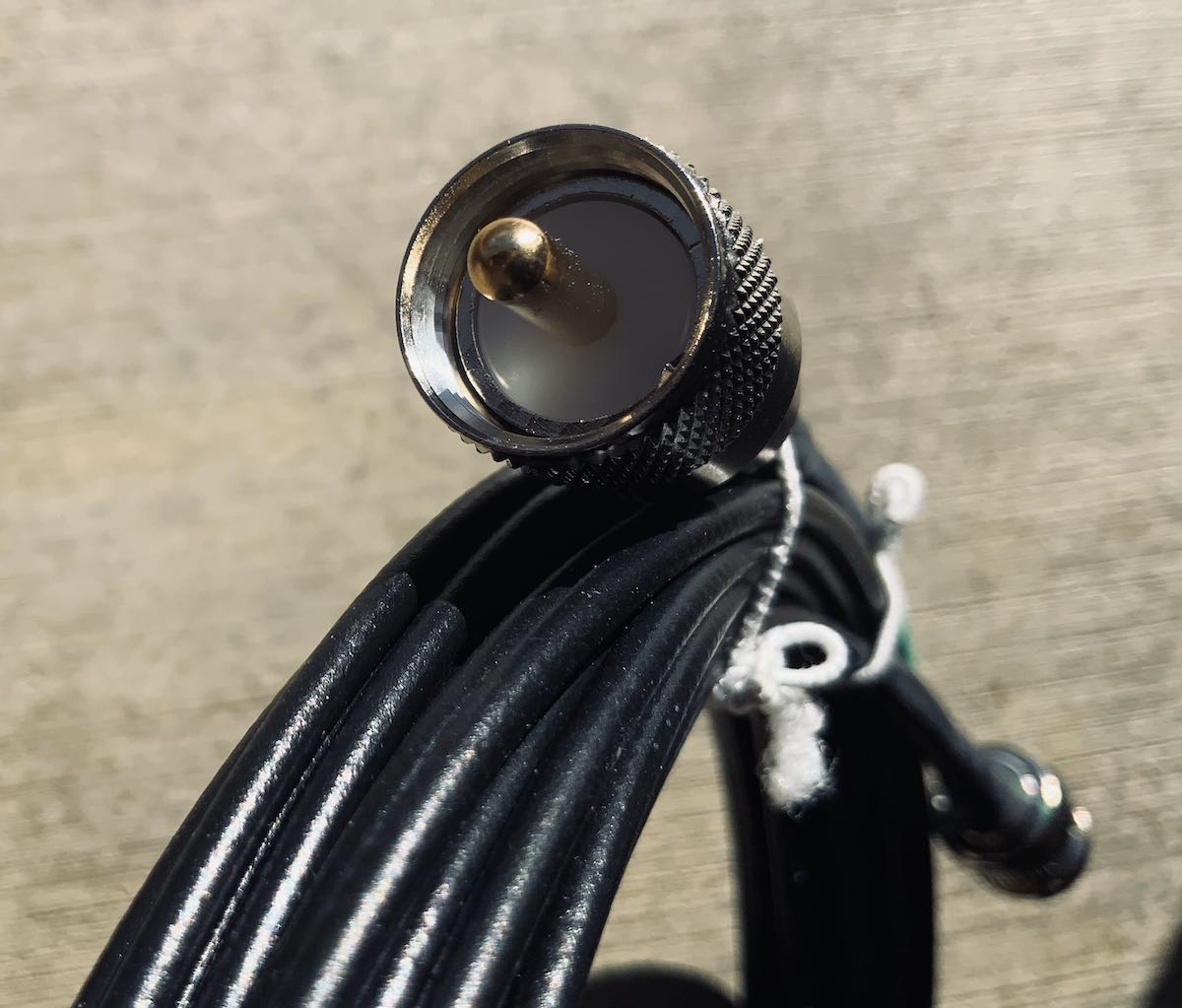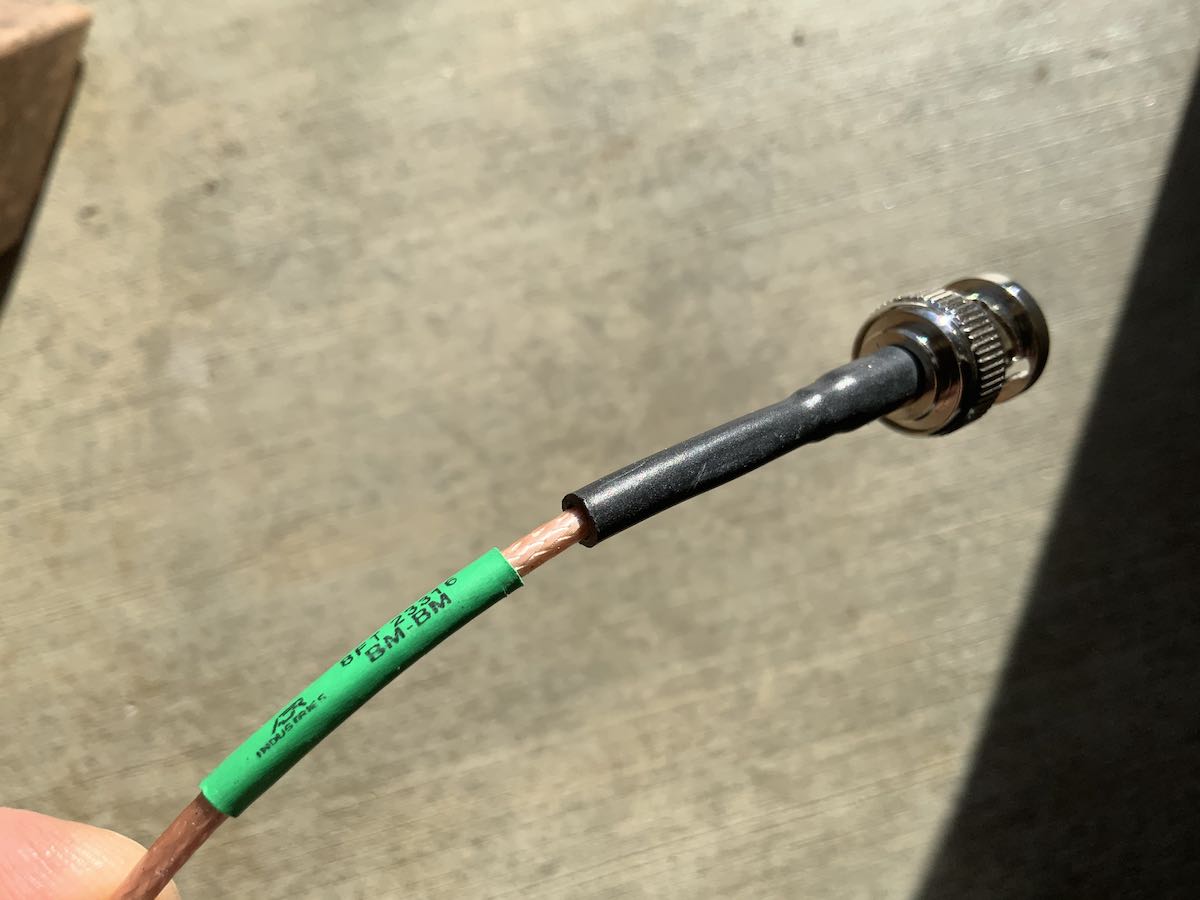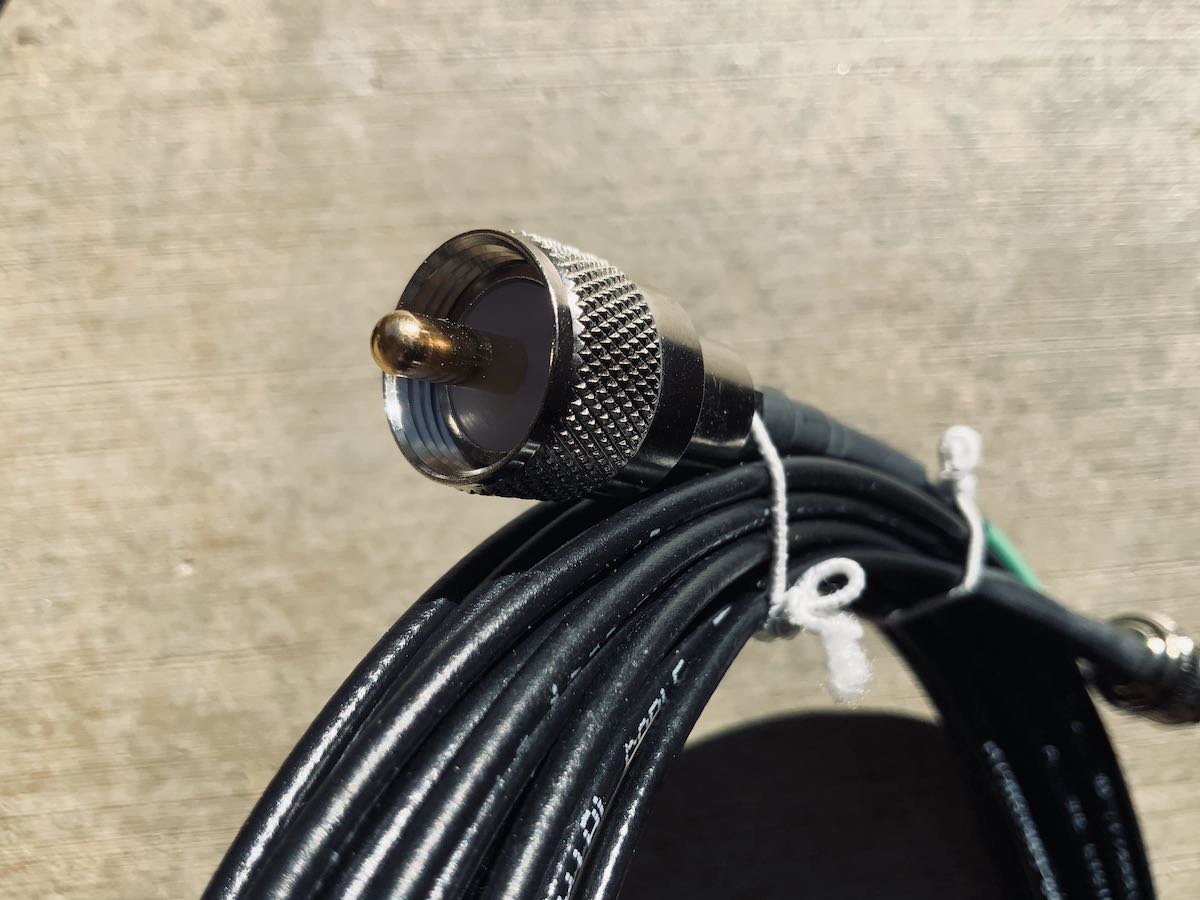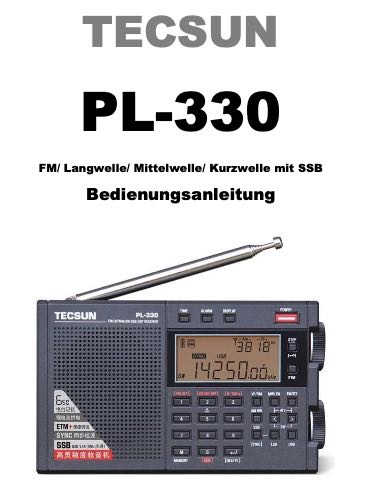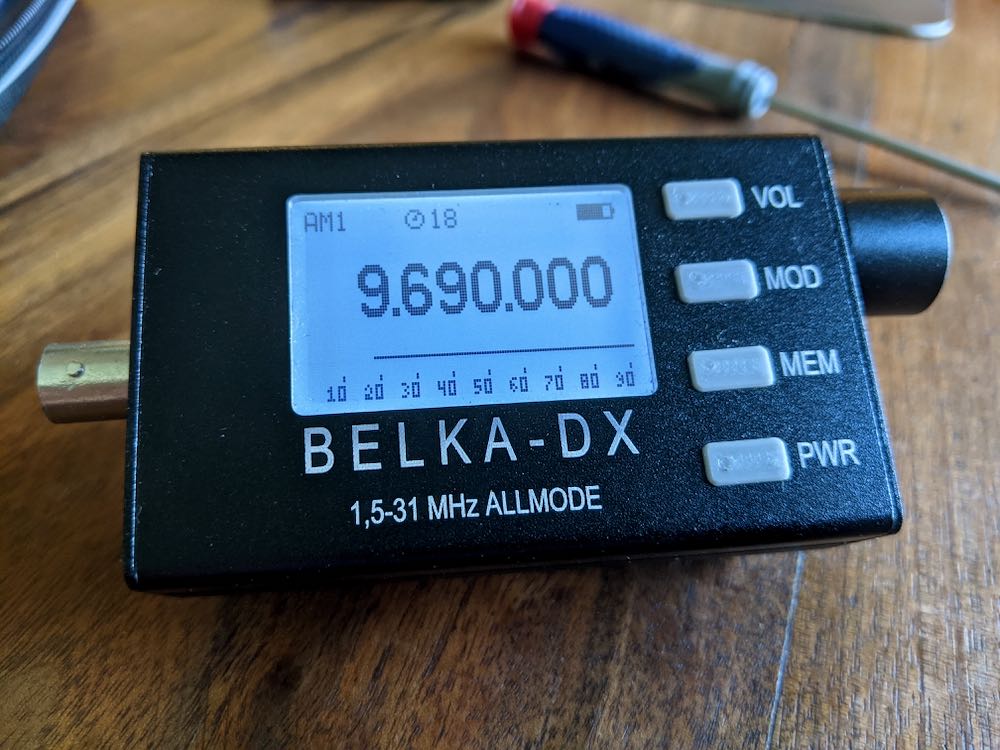 Last month, Mobimax announced a new speaker option for the Belka-DX DSP receiver. This speaker is slightly different from the original Belka-DX speaker in that it has a full-size battery pack and fold-out legs to prop up this pocket-sized receiver.
Last month, Mobimax announced a new speaker option for the Belka-DX DSP receiver. This speaker is slightly different from the original Belka-DX speaker in that it has a full-size battery pack and fold-out legs to prop up this pocket-sized receiver.
Mobimax sent one of these speakers to me to install and evaluate at no cost to me–I received it last week and installed it yesterday.
Installation
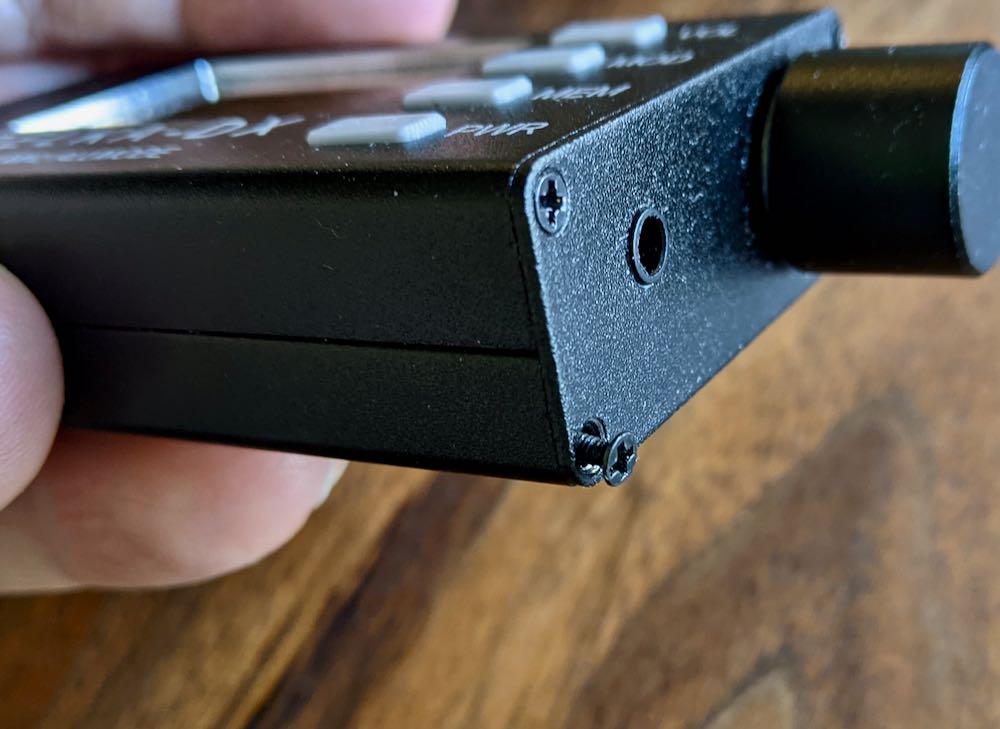 The installation couldn’t have been more simple: the only tool needed is a small Phillips-Head screwdriver. Note that my Belka-DX already had the original speaker option installed.
The installation couldn’t have been more simple: the only tool needed is a small Phillips-Head screwdriver. Note that my Belka-DX already had the original speaker option installed.
All I needed to do was remove the lower two screws on both sides of the Belka chassis.
After doing this, the bottom section of the chassis simply pulls out (do this slowly since there are both battery and speaker jumpers).
Next, I unplugged the speaker and battery jumpers from the original speaker option.
Installing the new speaker section was simply a matter of plugging in the speaker and battery jumpers (each plug is a different size so they can’t be confused), then attaching the new pack to the back of the Belka-DX using the same four screws that had been removed.
The whole process might have taken four or five minutes (mainly because I took photos!).
How does it play?
Since I can’t really do a side-by-side comparison with the original speaker and this one, I simply listened to the original speaker tuned to WWV, WRMI, and the Voice of Greece for a while before installing the new speaker.
Both speakers are obviously very small as the Belka-DX is the most compact shortwave portable I’ve ever laid hands on.
Audio quality
I believe the original speaker has better audio fidelity, likely due to the fact it uses the body of the Belka-DX as an enclosure or resonance chamber. The new speaker has a dedicated enclosure, but it’s maybe 40% the size of the Belka-DX body.
In the end, though? Neither speaker will give you the audio fidelity of a traditional portable. The original speaker is just slightly better than the new one. With the Belka-DX, I see the speaker as a wonderful convenience, but frankly, I reach for earphones or headphones if I want to do DXing or proper broadcast listening.
Battery
The new speaker option allows for a full size battery pack in the Belka-DX. This is probably the biggest selling point of the new speaker. The original speaker option fits both the speaker and a smaller LiIon battery pack on the bottom plate of the radio.
Since the new speaker option adds a dedicated speaker section, it opens up the full real estate of the bottom plate for a full size battery again.
I should also add that the new speaker section matches the original Belka-DX enclosure and speaker in that it’s incredibly durable. Frankly, it feels military-grade and over-engineered. I love it.
Fold-out legs
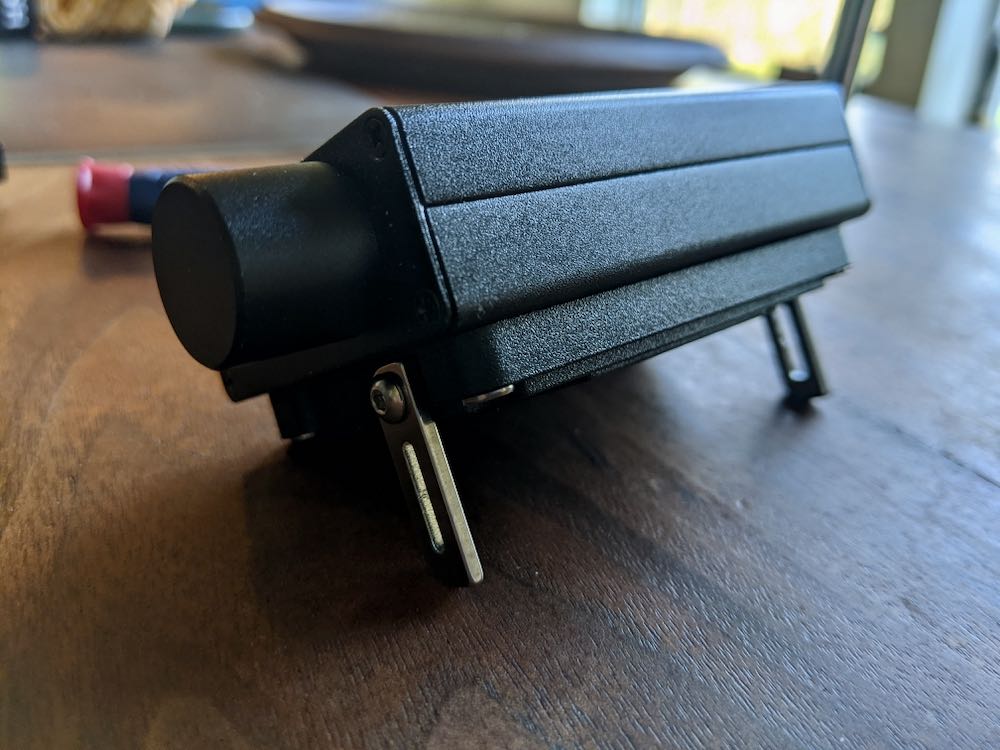 I really like the fold-out legs on the new speaker. They actually have two indented sections that click into place as you fold them out. This allows for two different stable viewing angles. I prefer having them folded out all the way.
I really like the fold-out legs on the new speaker. They actually have two indented sections that click into place as you fold them out. This allows for two different stable viewing angles. I prefer having them folded out all the way.
Size
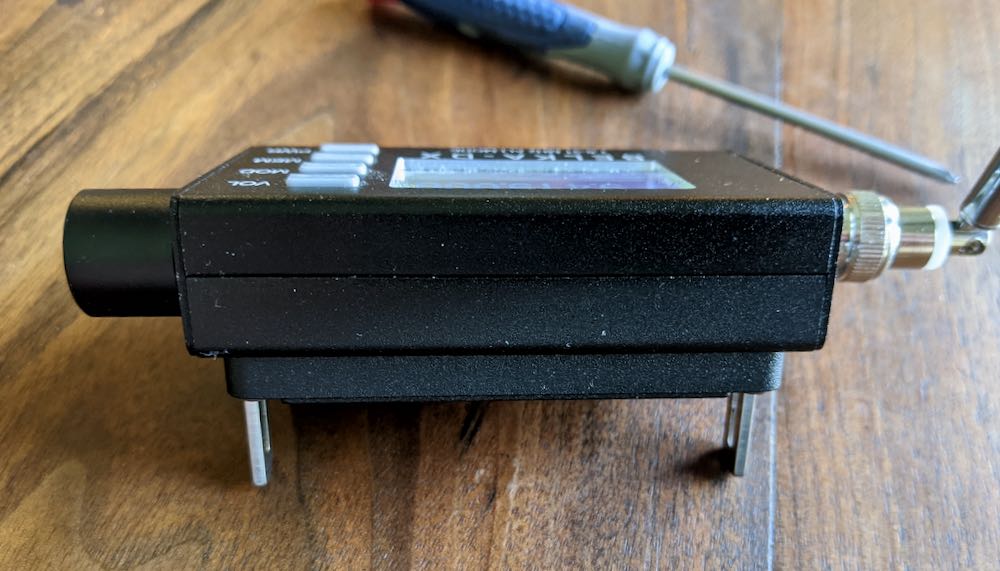 The new speaker option adds a bit of weight and bulk to the Belka-DX.
The new speaker option adds a bit of weight and bulk to the Belka-DX.
Again: we’re talking about a wee little radio here, so I can’t imagine someone complaining about the size or weight. The new speaker makes the radio slightly deeper or thicker if you look at it from the side or profile. Frankly, it’s a negligible amount, but worth noting.
Should you buy it?
In my opinion, the main reasons to buy the new speaker option are to take advantage of the longer play time from the full size internal battery and to gain the two fold-out feet. The Belka-DX is so efficient that even the smaller battery pack in the original speaker option will power this radio for many hours without recharge.
Still, if these two factors are important to you, this is a no-brainer.
I would simply pick the speaker option that best suits your needs.
I must say again that it’s a real pleasure evaluating products that are engineered to the degree of the Belka-DX (and Belka-DSP) and both speaker options. These feel like they’re built to last a lifetime and could really take a beating in my various radio packs and kits.
Many thanks again to Mobimax for dispatching one of these for my evaluation.
Click here to check out the new speaker option from Mobimax.
Click here to read about the original speaker option and its installation.

